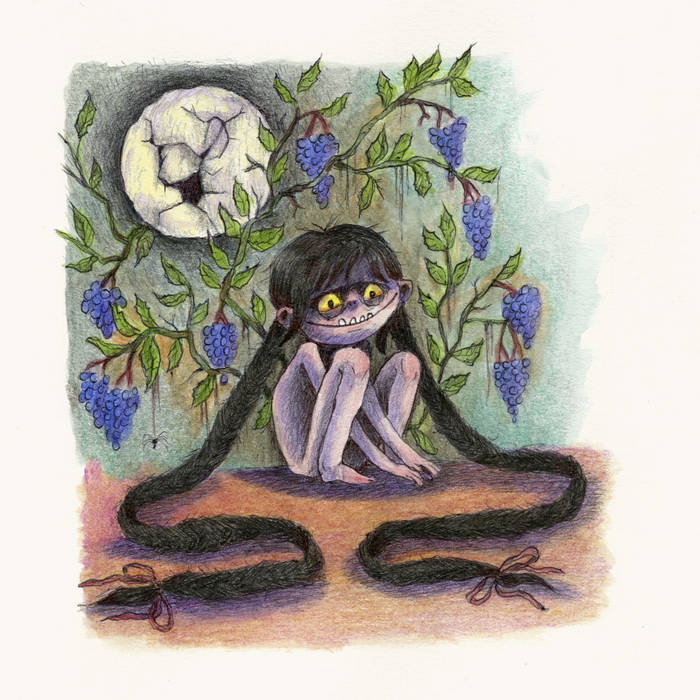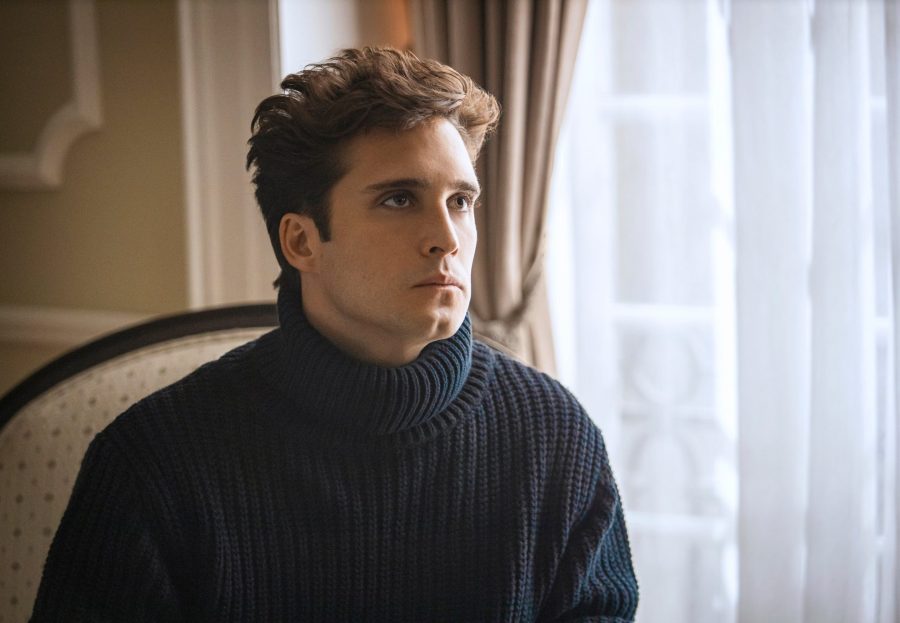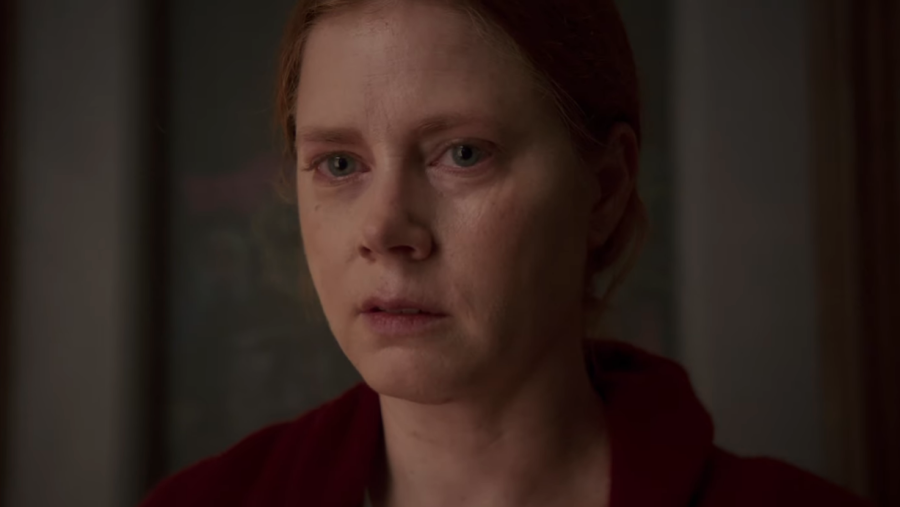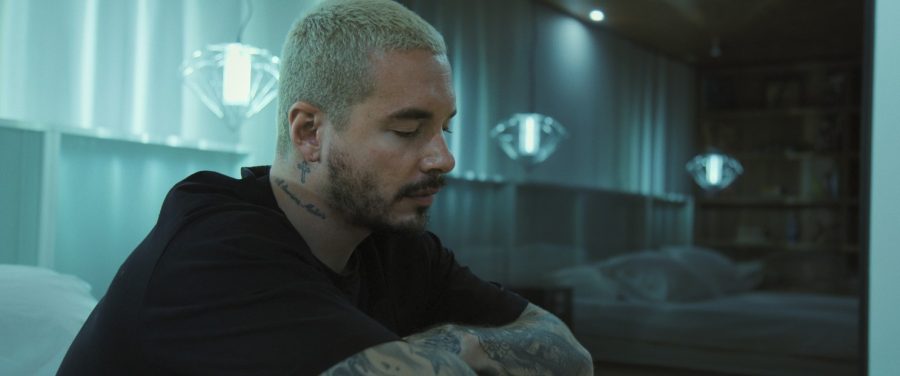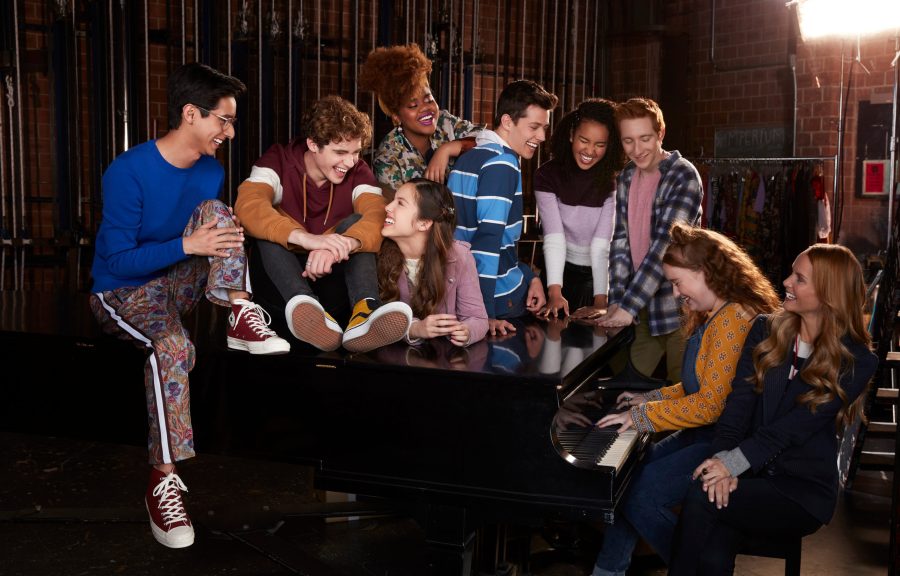“Queer Eye: We’re in Japan” takes the Fab 5 on an emotional journey in Tokyo, Japan where they explore confidence, acceptance, and love
The beautiful men from the beloved Netflix reboot “Queer Eye” have returned to makeover the lives, wardrobes, homes, and habits of four lucky “heroes.” This time, the Fab 5 (Tan France, Bobby Berk, Karamo Brown, Jonothan Van Ness, and Antoni Poroski) traveled to Japan with model and host, Kiki Mizuhara. As usual, each episode focuses on the transformation and growth of an individual; in this miniseries we meet Yoko, Kan, Kae, and Makoto.
“Queer Eye” is famous for its fun and inspiring cast who touch on heavy, personal issues, a combination that leaves audiences both laughing and crying. However, I did have some concerns for this formula’s results in Japan. While the Fab 5 do take on some serious issues throughout, the format of the show is intentionally such that the overall impression is cheerful and happy. As a result, my initial concern was that the miniseries would reek of typical American fetishization and appropriation of Japanese culture.
A limited and surface-level treatment that reduces Japanese culture to the “cute” and “bizarre” is all too popular in American media.
I was also concerned that the Japanese “heroes” of this season would find themselves uncomfortable in the face of the show’s makeover agenda. As lovely as the Fab 5 are, they can come off as forceful to those who are not ready for significant change. I wondered if the tone of this season would entail the men dragging their heroes along in their quest to better their lives. I am pleased to note that, though there were instances where cultural differences resulted in a lack of understanding, the Fab 5 were always willing to listen before proceeding, and their heroes were all very receptive to change. This rang especially true with regard to expressing open affection in relationships, which is much more common in America than in Japan.
Overall, I was surprised and grateful to see that a significant portion of the show dealt with cultural differences in social expectations and attitudes. The Fab 5 frequently discussed aspects of Japanese culture that they did not understand with Kiki Mizuhara, and made an effort to address these differences throughout the process of the transformations. In the first episode, hospice nurse, Yoko, mentions that she sleeps outside of the doors of her patients to ensure that she is there if they need her, which to me, a Japanese-American, was a very Japanese sentiment. This aspect of selflessness and self-sacrifice at the cost of one’s own is very characteristic of Japanese cultural attitudes, and seems to clash with the focus on the self in “Queer Eye.” However, the emotional response and gratitude from their heroes spoke volumes about the weight of this selflessness and their relief in finally confronting them and caring for themselves. In fact, each of the four heroes experienced a breakthrough moment in which they could finally release these pent up emotions and cry into the warm arms of the Fab 5.
That isn’t to say that such displays of emotion were sufficient in portraying Japanese culture. There were, of course, times when important topics were glossed over or ignored, such as the rights and expectations of women in Japan, where for the most part, gender roles are still highly enforced. I also wondered why the Fab 5 neglected to discuss Japan’s rigorous work environment that leaves little to no time for their suggested self-care regimens. In past seasons, viewers have complained that “Queer Eye” directs their heroes to a life that they cannot afford through lack of money or time. Perhaps there is a greater need for the Fab 5 to take into account the busy lives and personal incomes of their subject. In Japan, the work culture is particularly harsh, and I wondered at the response from Japanese viewers in light of these demands. I hoped that, by discussing these topics, Western viewers could gain a deeper understanding of Japanese culture that goes beyond the cute and unusual.
That being said, I am able to acknowledge that a show such as “Queer Eye” may not be well-equipped to handle such important matters, as the Fab 5 lacks personal experience and observation of these political issues. While it would have been nice to learn more about Japanese society and culture, that simply isn’t the goal of the show. Instead, “Queer Eye: We’re in Japan” focuses more on encouraging the individual’s attention to their own needs, validating these people in recognizing their worth and potential. Instead of changing the previously successful format of their show, “Queer Eye: We’re in Japan” implements some new elements in a different setting to accomodate for cultural differences, but remains the same at heart. Overall, it has been my favorite season of “Queer Eye” yet, and I’m excited to see where the Fab 5 will travel next.
Grade: A-
Premiered: Nov. 1
Image courtesy of Netflix.





